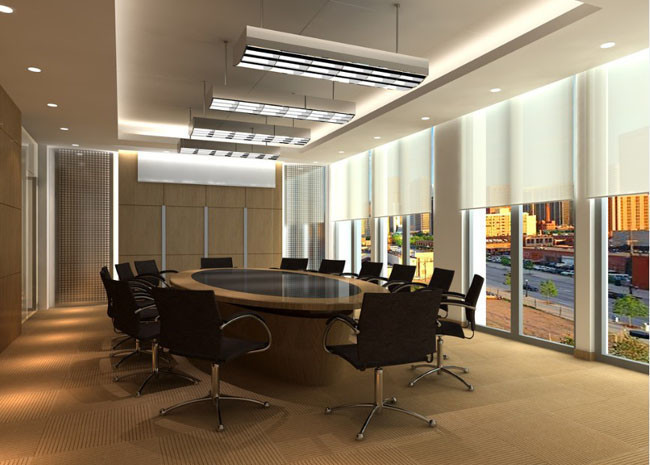
Why use Dimming Controls With Flourescent and LED Light Fixtures
Collin Weiner, President – CalEnergy Electrical Corporation
There are many beneficial reasons to utilize dimming controls in flourescent and LED applications. Dimming provides further energy savings for the lamp, allows the light source to run cooler, extends their lifespan even longer, and reduces heating, ventilating and air conditioning building loads/costs.
Dimming light fixtures enables users to set the desired light levels for the time of day or for events that are happening in the space . Dimming an LED or flourescent light also enables the end-user, whether it’s a restaurant, theater, residence, hotel lobby or office space, to create the environment the designer intended and enhance the ambiance and atmosphere. Dimming controls can also increase productivity by allowing the user to select the right level needed for various tasks and by reducing eyestrain and fatigue.
Dimming light sources also results in reduced energy consumption and pro-longed lamp life. In terms of energy savings, there is a proportional reduction of energy consumption when dimming LED’s and a relative savings with flourescent as well; that is, if an LED is dimmed by 50 percent, there is a 50 percent savings in energy consumption. When Dimmed, light fixtures produce less heat, therefore not only does it extend the lamp life and reuduce the wattage consumed, it also produces a cooler working enviornment reducing the frequency in which the buildings AC system is being used, allowing for greater energy savings.
Lighting controls are steadily increasing in popularity, as building codes are requiring controls in some instances and end-users are realizing the energy savings potential. Daylighting or Daylight Harvesting is a very popular indoor lighting control technique in which the ambient daylight entering a space through either a window, solar tube, or skylight is being measured by a photo-sensor control device and dimming the fixture accordingly; in turn producing the most comfortable and energy efficient lighting scenario possible.
These techniques are usually accompanied by Lighting Controls Acceptance Testing, This has proven to be a very valuable practice as it ensures the lighting system is operating properly and the most optimal occupant comfort level and energy savings potential are being met.
Recent Comment
binance referral code
Thanks for sharing. I read many of your blog posts, cool, your blog is very good. https://accounts.binance.info/register-person?ref=IHJUI7TF